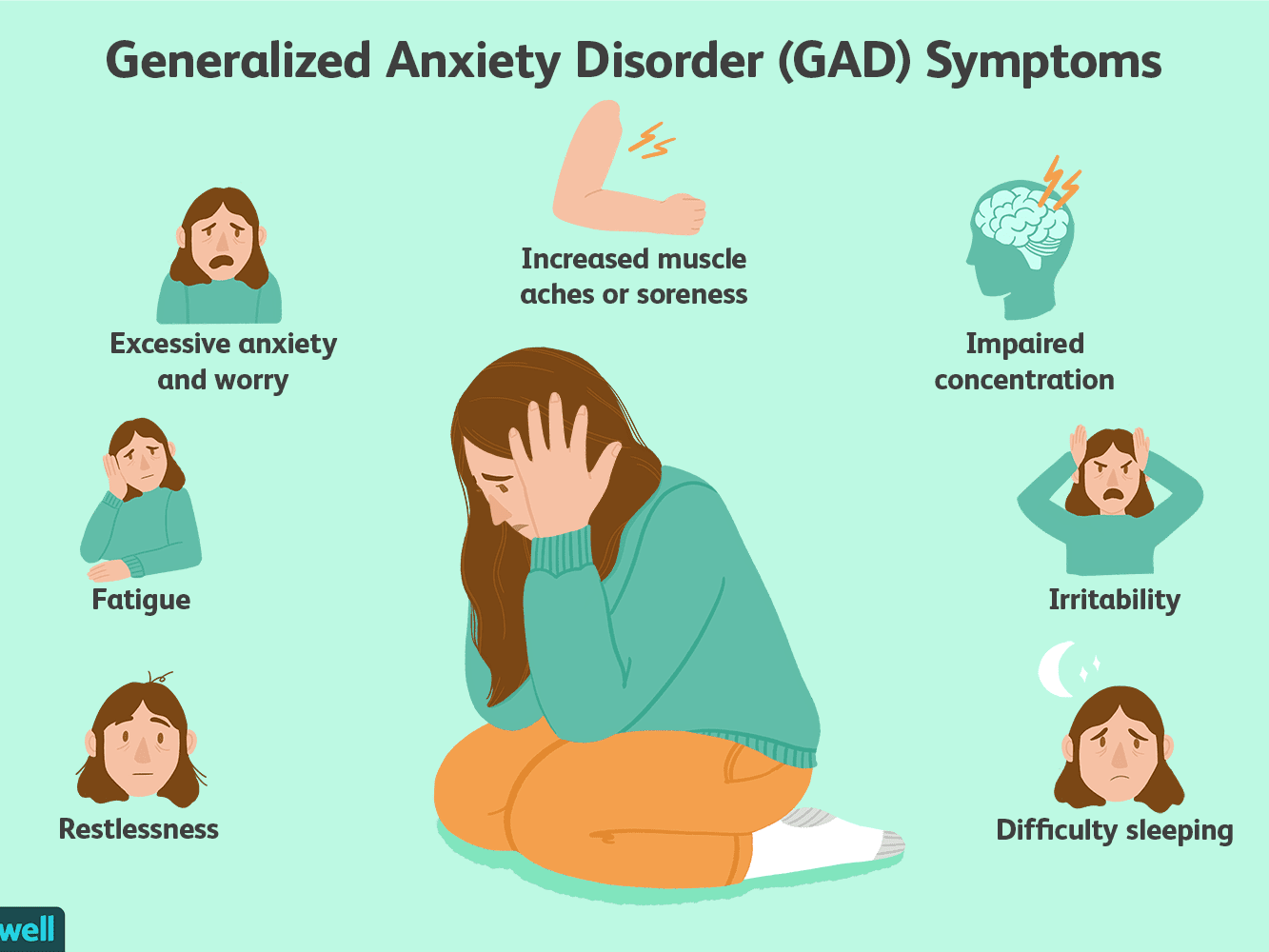The thought of performing a gig tomorrow can nervous anybody, or an exam the day after can make one feel helpless so much so that the student won’t remember a thing, or giving a presentation later in the day to the prospective stakeholders can make a person go weak at the knees. No person is devoid of anxiousness. But if your anxiety levels are soaring up each day, with seemingly persistent and uncontrollable angst and fretfulness, it can be a sign of an anxiety disorder.
Anxiety disorder is the most common mental disorder in the United States. A person who shows visible signs of anxiety should always seek medical help from a certified professional for a long-term cure. But some simple self-help techniques can help an individual reduce anxiety symptoms to a great extent. “Power breath” – an easy breathing technique – is one of the best coping behaviors to feel better.
The simpler the better
When Arthur Somers Roche said, “Anxiety is a thin stream of fear trickling through the mind. If encouraged, it cuts a channel into which all other thoughts are drained,” he personified the darker side of being anxious.
So why should it be encouraged at all? Knowledge forum Big Think has devised a new technique on the basis of old solutions that can help an anxious person remain calm. Known as “power breath,” the new technique can calm down nerves instantly, by fooling “the mind and body” into thinking that it is in a relaxed state.
Big Think has created a YouTube video, titled “Mind Hack: Combat Anxiety with This Breathing Technique,” that explains the process of generating calmness with a few inhales and exhales. Video game designer Jane McGonigal, author of SuperBetter, said, “The way you do it is that you exhale for twice as long as you inhale. So you might inhale for a count of four and exhale for a count of eight.”
“Power breath” technique mimics normal breathing process
The power breath technique actually calms the nerves by altering the “fight or flight” response to the parasympathetic, i.e., the “rest and digest” response that relaxes the muscles and the heart rate. When an individual experiences the sympathetic stage of “fight or flight” and wants to move away from it, inhaling for four and exhaling for eight, implying the exhalation is twice as long as the inhalation, can help generate a “rest and digest” state.
The breathing technique can be used to prevent panic attacks, migraine, and muscle cramps. The most important outcome of the technique is that it helps to mimic the normal breathing process of a person during a “calm and collected” state. The fact we tend to overlook in a normal state is that the exhales during a normal breathing process are generally longer than the inhales, and this is what the power breath technique tells to do in an anxious state.
Jane said, “If we’re able to ‘trick’ the mind and body into thinking we’re calm and connected, we begin to breathe the way we would be breathing if we were naturally in a state of calm and connection.”
Way towards recovery
“Power breath” can be an effective self-help technique to combat bouts of anxiety. When a patient knows how to control his breath in difficult situations, he can set himself free from mild anxiety attacks. However, in case anxiety becomes uncontrollable, it is important to seek treatment from a professional. A timely treatment from a reputed anxiety treatment center can help an individual cope with such disorders in a better manner.

